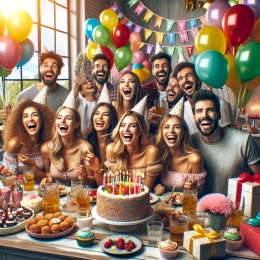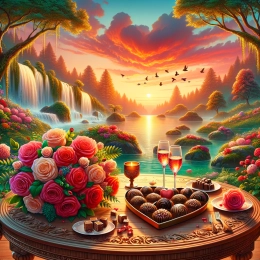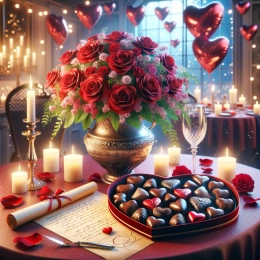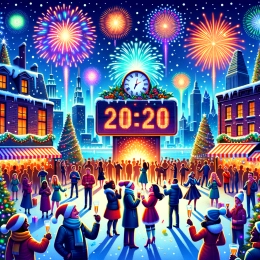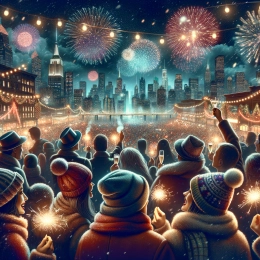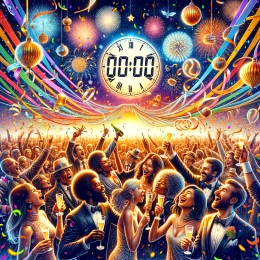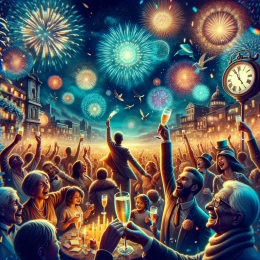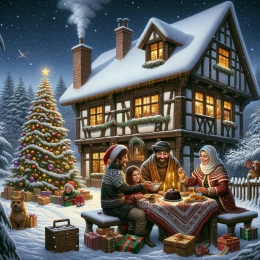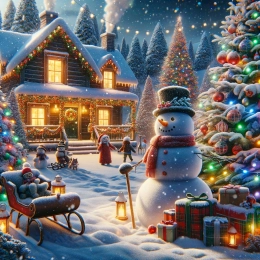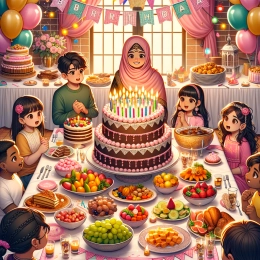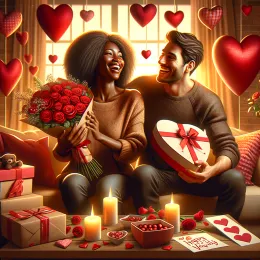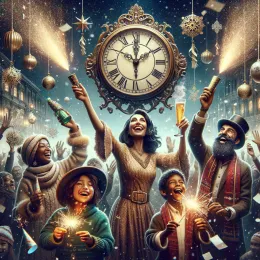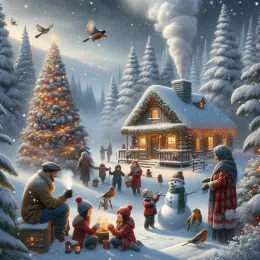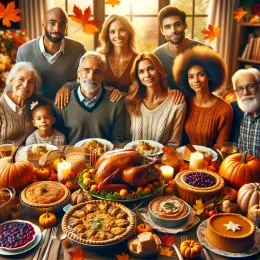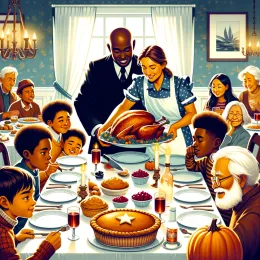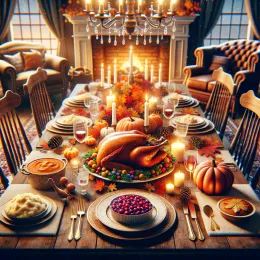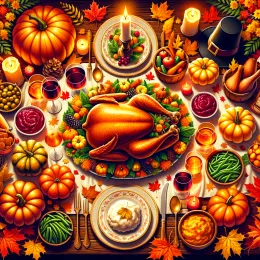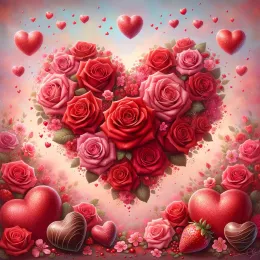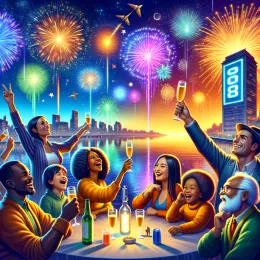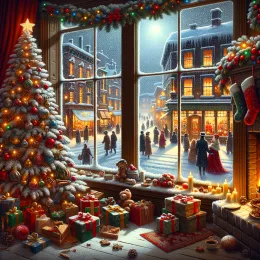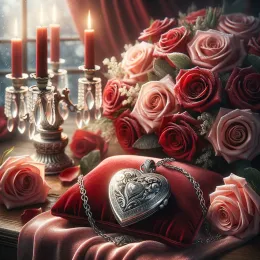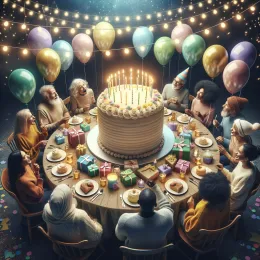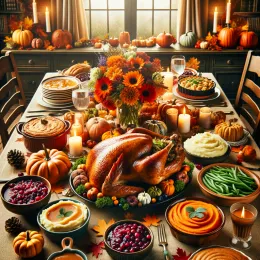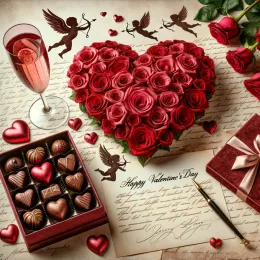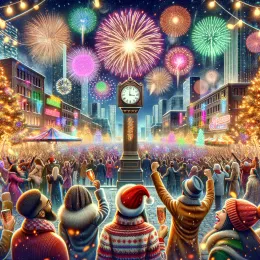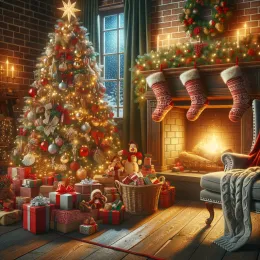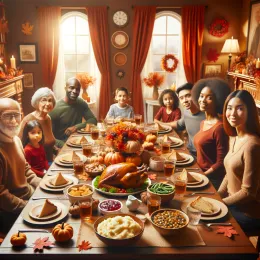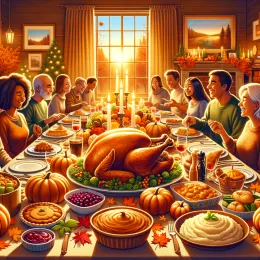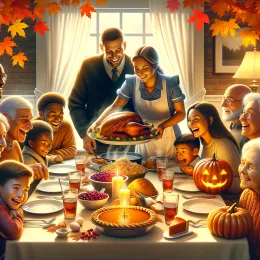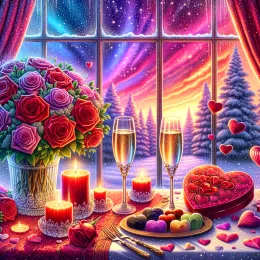History and origins of Halloween traditions
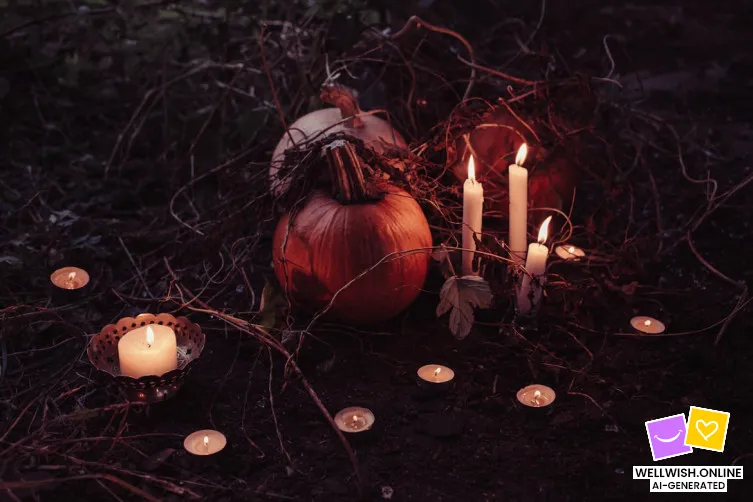
Unveiling the Roots of Halloween: A Journey Through Time
Halloween, celebrated with costumes, trick-or-treating, and eerie decorations, has a rich and complex history that spans centuries and cultures. Its traditions are a blend of ancient rituals, religious observances, and folk customs that have evolved into the festive occasion we recognize today. Understanding how these practices originated offers a fascinating glimpse into human culture, beliefs, and the ways societies have marked the changing seasons and the boundary between the living and the dead.
The Ancient Celtic Festival of Samhain
Long before Halloween became a secular celebration, it was rooted in the ancient Celtic festival known as Samhain, pronounced “sow-in.” Celebrated on the night of October 31st, Samhain marked the end of the harvest season and the beginning of winter. For the Celts, this was a liminal time when the veil between the living world and the spirit world was believed to be thinnest, allowing ghosts and other supernatural beings to cross over.
The festival was deeply spiritual and communal, involving bonfires, sacrifices, and rituals to honor the dead and seek protection from malevolent forces. People dressed in costumes made of animal skins and heads, hoping to disguise themselves from wandering spirits or to imitate them and gain favor.
The Significance of Fire and Costumes
Fire played a crucial role during Samhain. Massive bonfires were lit on hilltops, serving both to ward off evil spirits and to symbolize the sun’s power as it weakened with the approach of winter. Participants often threw crops and animals into the flames as offerings to ensure a good harvest the following year.
Costumes and masks were not merely for entertainment; they were believed to provide protection. By adopting the guise of spirits, people could avoid harm or even confuse any supernatural beings roaming the earth. This practice laid the groundwork for modern Halloween costumes, which continue to embody themes of disguise and transformation.
Roman Influences and the Festival of Pomona
As the Roman Empire expanded into Celtic territories, many local customs blended with Roman traditions. Two Roman festivals, Feralia and Pomona, influenced the development of Halloween. Feralia was a day in late October when Romans commemorated the passing of the dead. Pomona, the goddess of fruit and trees, was celebrated with festivities that focused on the harvest.
The symbol of Pomona, the apple, became associated with Halloween through games like bobbing for apples, a custom that persists today. This melding of Roman and Celtic rituals enriched the tapestry of practices that would eventually evolve into the modern celebration.
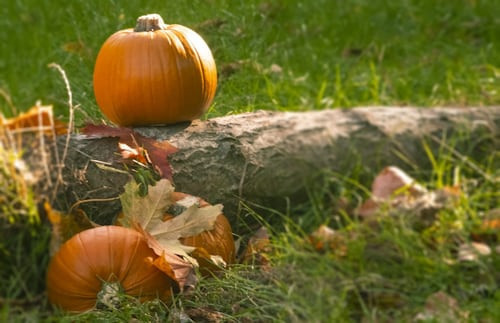
Integration of Christian Observances
With the spread of Christianity, pagan festivals were often adapted to fit Christian theology. The Church established All Saints’ Day on November 1st, also known as All Hallows’ Day, to honor all saints and martyrs. The evening before became All Hallows’ Eve, which over time was shortened to Halloween.
This shift served to Christianize the existing pagan customs, transforming rituals that once celebrated the dead and the supernatural into a day dedicated to saints and holy figures. However, many of the original traditions persisted beneath this new religious framework.
The Evolution of Halloween in Medieval Europe
During the Middle Ages, Halloween customs continued to evolve, blending Christian and folk practices. One notable tradition was “souling,” where the poor would go door-to-door offering prayers for the dead in exchange for food, particularly soul cakes. This practice has clear parallels to modern trick-or-treating.
Additionally, the concept of “mumming” and “guising” became popular. People dressed in costumes and performed plays or songs in exchange for gifts. These customs reflected a mix of social interaction, entertainment, and the continued belief in the supernatural elements associated with the season.
Table: Key Medieval Halloween Customs
| Custom | Description | Modern Equivalent |
|---|---|---|
| Souling | Going door-to-door offering prayers for the dead in exchange for soul cakes | Trick-or-treating |
| Mumming and Guising | Performing plays or songs in costume to receive gifts | Costume parties and performances |
| Bonfires | Lighting fires to ward off evil spirits and celebrate the season | Halloween decorations and fire-themed events |
Halloween’s Journey to America
Halloween as it is known today largely developed in North America, where immigrants from Ireland and Scotland brought their autumn traditions during the 19th century. The influx of these groups introduced customs such as pumpkin carving, which evolved from the Irish practice of carving turnips into lanterns to ward off evil spirits.
In the United States, Halloween became a community-centered holiday with parades, parties, and festive activities. The commercialization of the holiday in the 20th century popularized trick-or-treating and mass-produced costumes, turning Halloween into a predominantly secular celebration focused on fun and creativity.
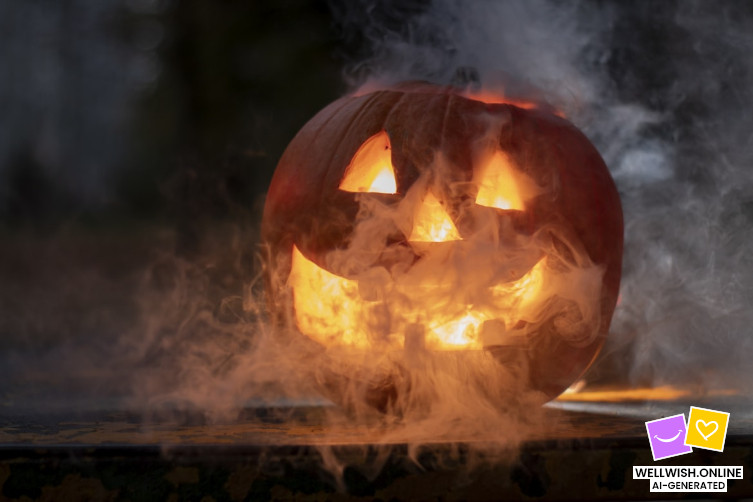
The Role of Pumpkins and Jack-o’-Lanterns
The jack-o’-lantern is one of the most iconic symbols of Halloween. Originating from Irish folklore about a man named Stingy Jack, the legend tells of a figure condemned to wander the earth carrying a carved turnip with a light inside. When Irish immigrants settled in America, they found pumpkins more abundant and easier to carve, thus establishing the pumpkin jack-o’-lantern tradition.
This symbol combines myth, practical creativity, and seasonal abundance, becoming a central part of Halloween décor and festivities around the world.
Modern Traditions and Their Ancient Echoes
Many contemporary Halloween activities, such as costume parties, haunted houses, and trick-or-treating, carry echoes of the ancient customs described above. The blending of Celtic spirituality, Roman festivals, Christian observances, and folk traditions created a unique cultural phenomenon that continues to evolve.
The holiday’s focus on the supernatural, the boundary between life and death, and the celebration of the harvest season all reflect humanity’s longstanding fascination with cycles of nature and the mysteries beyond the physical world.
Summary of Influences on Halloween Traditions
- Celtic Samhain: Marked the transition of seasons and the thinning of the veil between worlds
- Roman Festivals: Introduced elements like apple games and commemoration of the dead
- Christian All Hallows’ Day: Reframed pagan customs into a religious context
- Medieval Practices: Developed community rituals like souling and mumming
- American Innovations: Popularized pumpkins, trick-or-treating, and commercial celebrations
Exploring the multifaceted origins of Halloween reveals how traditions can transform over time, absorbing new meanings while preserving ancient symbols. The holiday is a living tapestry woven from strands of history, myth, and cultural exchange, inviting each generation to participate in a celebration that honors both the past and the present in a uniquely festive way.







